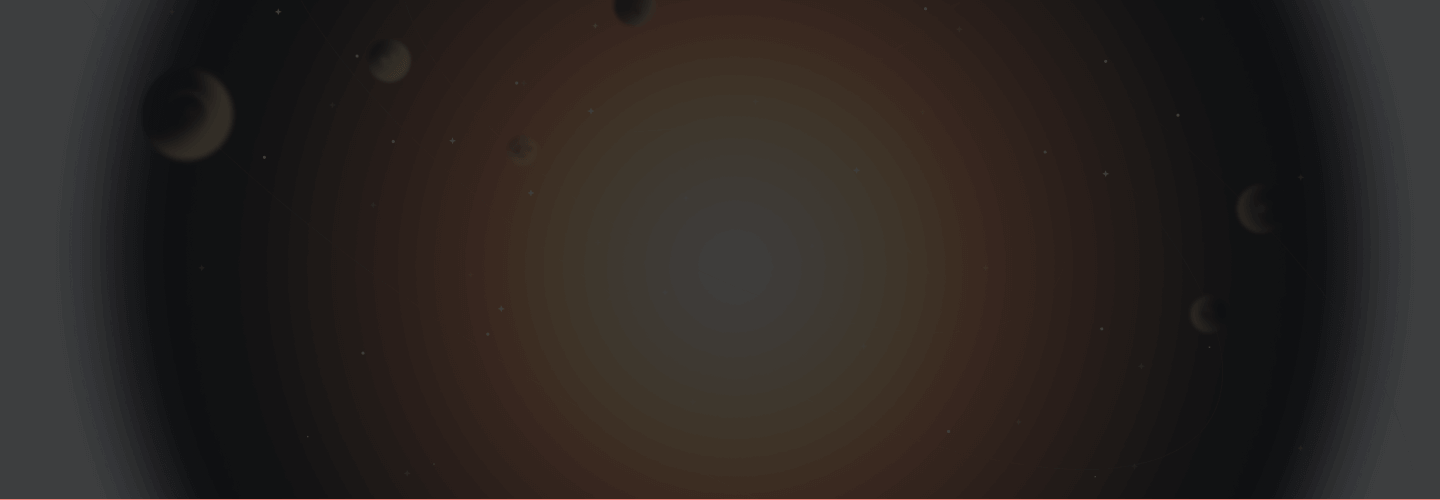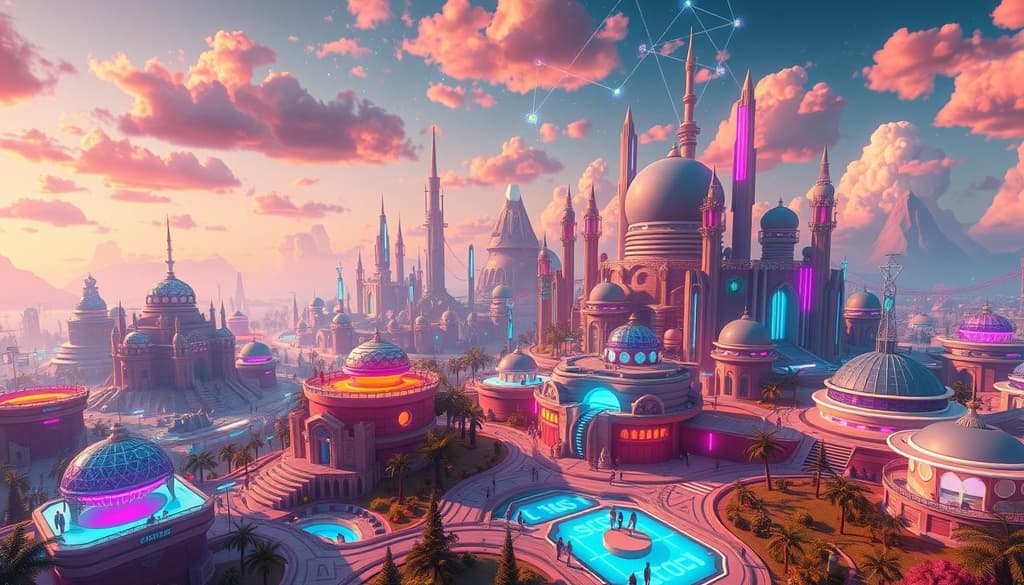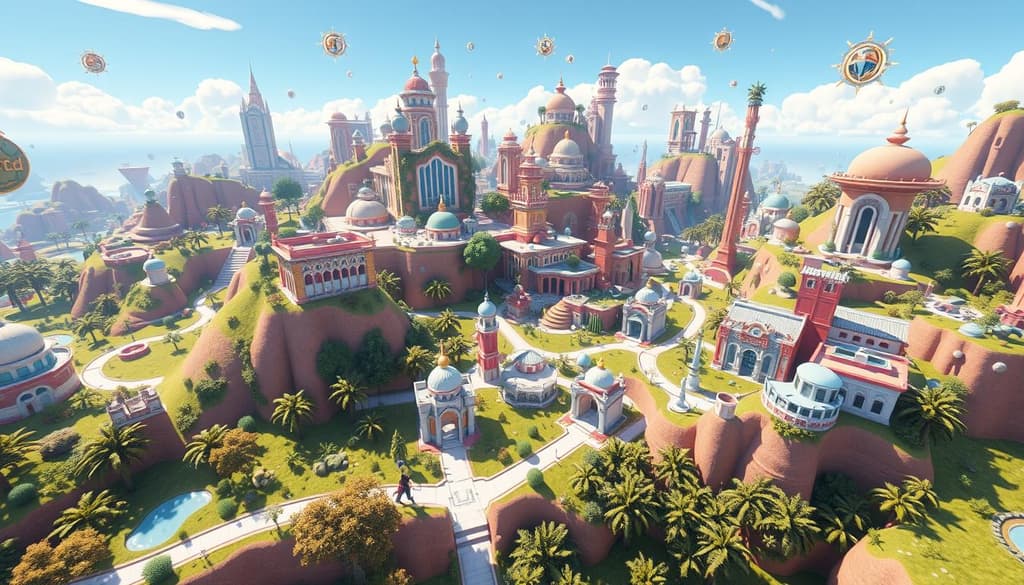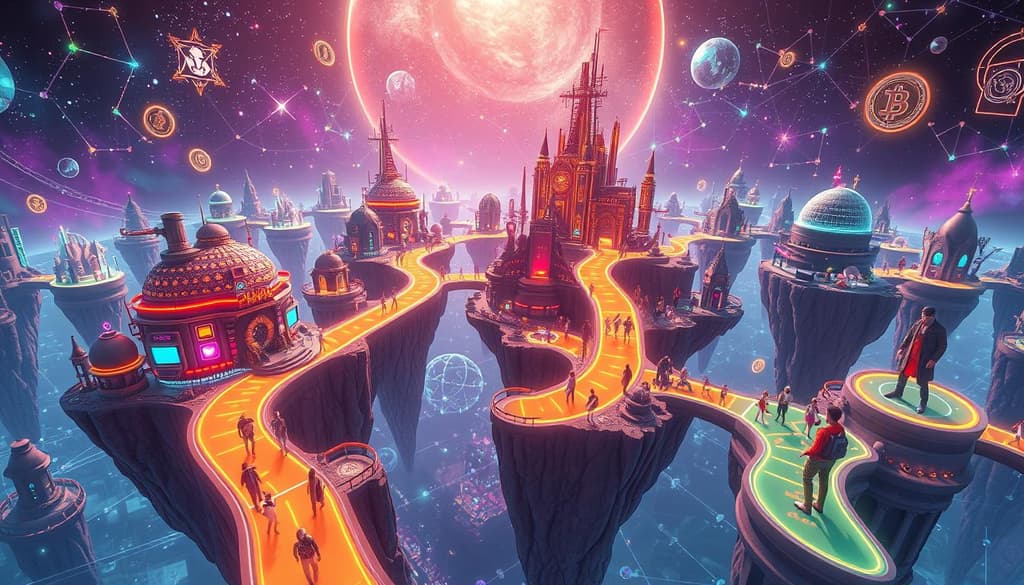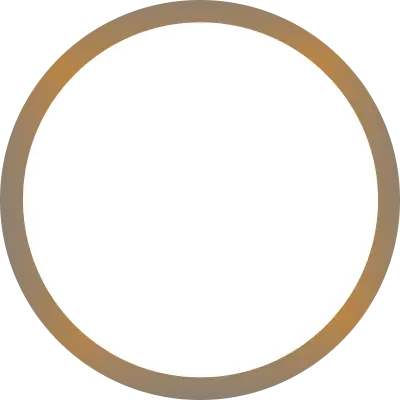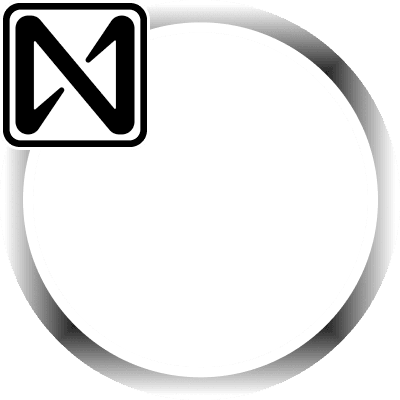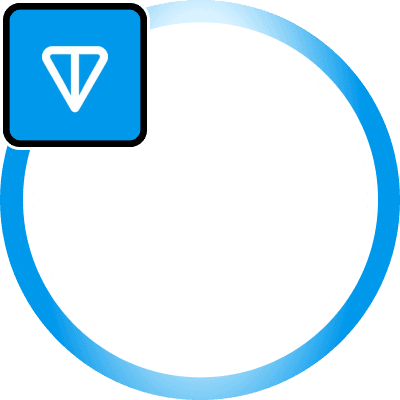Overview
Decentraland is an open, decentralized virtual reality platform that enables users to buy, develop, and monetize virtual land and digital experiences. Built on the Ethereum blockchain, Decentraland allows individuals and entities to own parcels of virtual land called “LAND,” represented as non-fungible tokens (NFTs). The platform is unique for its user-driven governance and decentralized architecture, allowing users full creative and economic control over their digital property.
Decentraland operates without a centralized authority, with its development and direction managed by the Decentraland Decentralized Autonomous Organization (DAO). The DAO structure provides community members with voting power over platform updates, treasury spending, and key policies. The economy within Decentraland relies on MANA, a cryptocurrency that enables users to purchase LAND, digital assets, and services within the virtual world.
Historical Background
Development of Decentraland began in 2015, progressing from a simple 2D pixel grid experiment (referred to as the “Stone Age”) to a fully traversable 3D environment. In 2017, the project evolved into the “Bronze Age,” marking Decentraland’s transition into a 3D space with blockchain-based ownership of land parcels. The team later introduced the “Iron Age,” where interactive applications, social experiences, and in-world transactions became key features. This phase established Decentraland as a collaborative and interactive metaverse, attracting various developers and users.
Platform Architecture
Decentraland’s protocol is composed of three main layers:
- Consensus Layer: Manages LAND ownership, tracking transactions and ownership data on the Ethereum blockchain.
- Land Content Layer: Distributes data related to land content using a decentralized system like IPFS, enabling peer-to-peer asset sharing and reducing reliance on centralized servers.
- Real-Time Layer: Facilitates real-time user interactions within the virtual environment, allowing for social engagement, voice chat, and avatar presence. This layer also supports in-world applications and games through a P2P network infrastructure.
Decentraland operates as an entirely decentralized environment, maintaining its censorship resistance and community-driven ethos. Users contribute to infrastructure costs by seeding content, ensuring the sustainability of the decentralized framework.
Governance: The Decentraland DAO
The Decentraland DAO oversees all decisions concerning the platform’s development and policies. MANA token holders participate in governance by voting on proposals related to feature upgrades, protocol changes, and fund allocations. This DAO structure enables decentralized decision-making and reflects the community’s collective interest in shaping the platform.
Economic Model
LAND and MANA Tokens
LAND represents virtual parcels within Decentraland, each with unique coordinates. To acquire LAND, users must burn MANA, an ERC-20 token used within the Decentraland ecosystem. MANA has a fixed supply and serves multiple purposes, including land purchases, virtual item transactions, and service payments. The adjacency of LAND parcels influences their value, encouraging users to purchase strategically located land to capture traffic.
Virtual Commerce and Digital Assets
The Decentraland economy facilitates various business models, allowing users to create games, art, and interactive experiences. Digital assets can be traded, including collectibles, avatars, and items integrated with the identity system. Users can monetize land by hosting applications, advertisements, and social spaces, with virtual storefronts, event venues, and themed districts emerging as popular uses of LAND.
Use Cases
Decentraland supports a wide array of applications and experiences:
- Gaming and Interactive Applications: Decentraland’s scripting language enables the creation of games and interactive experiences on user-owned LAND.
- Social Spaces: Virtual social interactions are core to Decentraland, with users establishing districts for community gatherings, themed events, and discussions.
- Digital Art and Collectibles: The platform supports digital art galleries, allowing creators to showcase and trade virtual artworks.
- Virtual Advertising: High-traffic areas within Decentraland offer prime spots for advertising, with brands using billboards and interactive displays to engage the audience.
Technical Challenges and Future Development
Decentraland has encountered challenges typical of decentralized virtual worlds, including content loading times and efficient P2P connectivity. Solutions like payment channels for faster transactions and decentralized identity systems are being explored to enhance user experience. Additionally, protocols like Filecoin and IPFS are integrated to ensure sustainable content distribution, while Decentraland continues to address user demands for improved scripting flexibility and enhanced social features.
